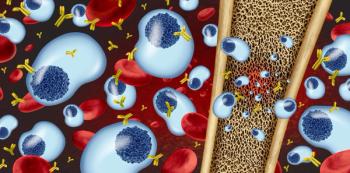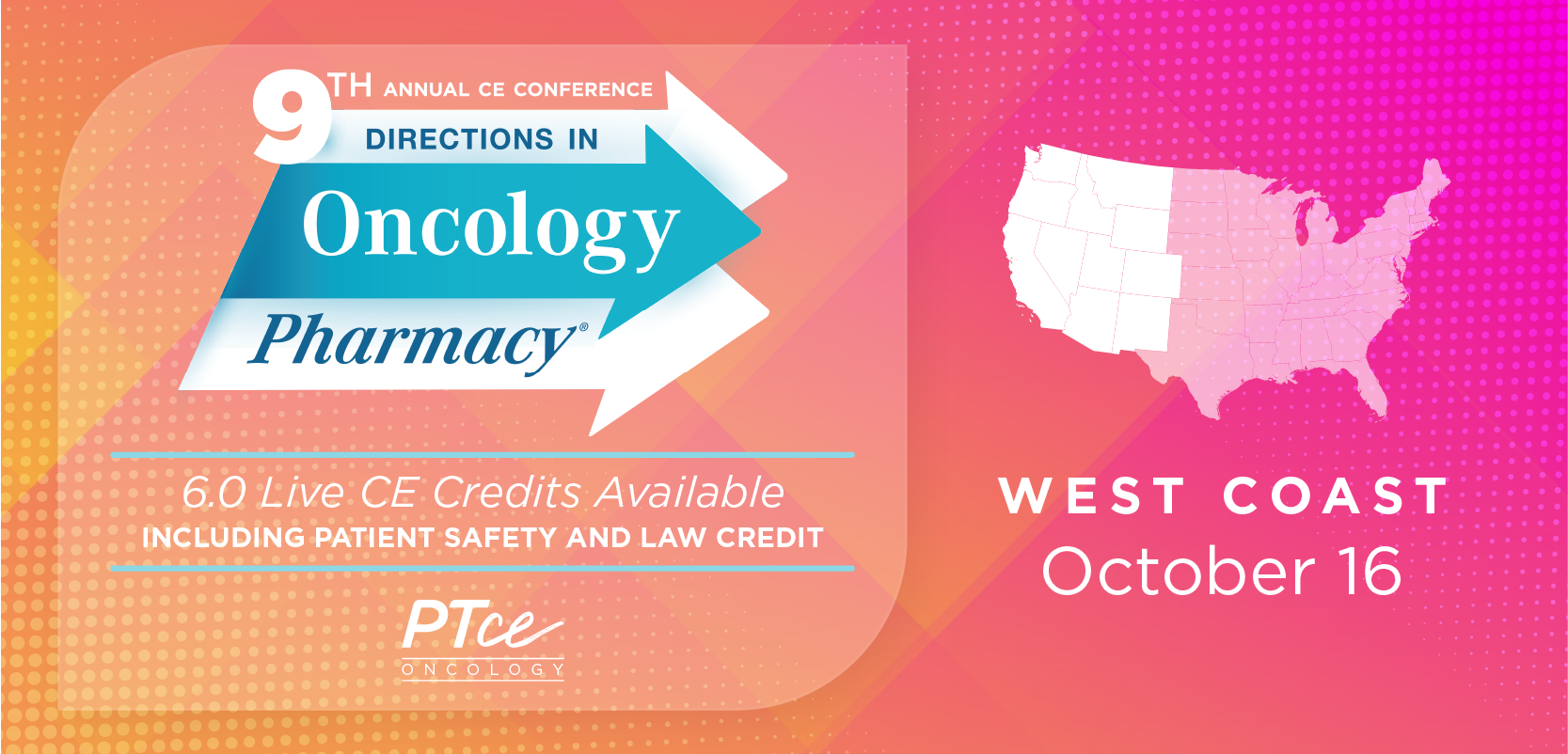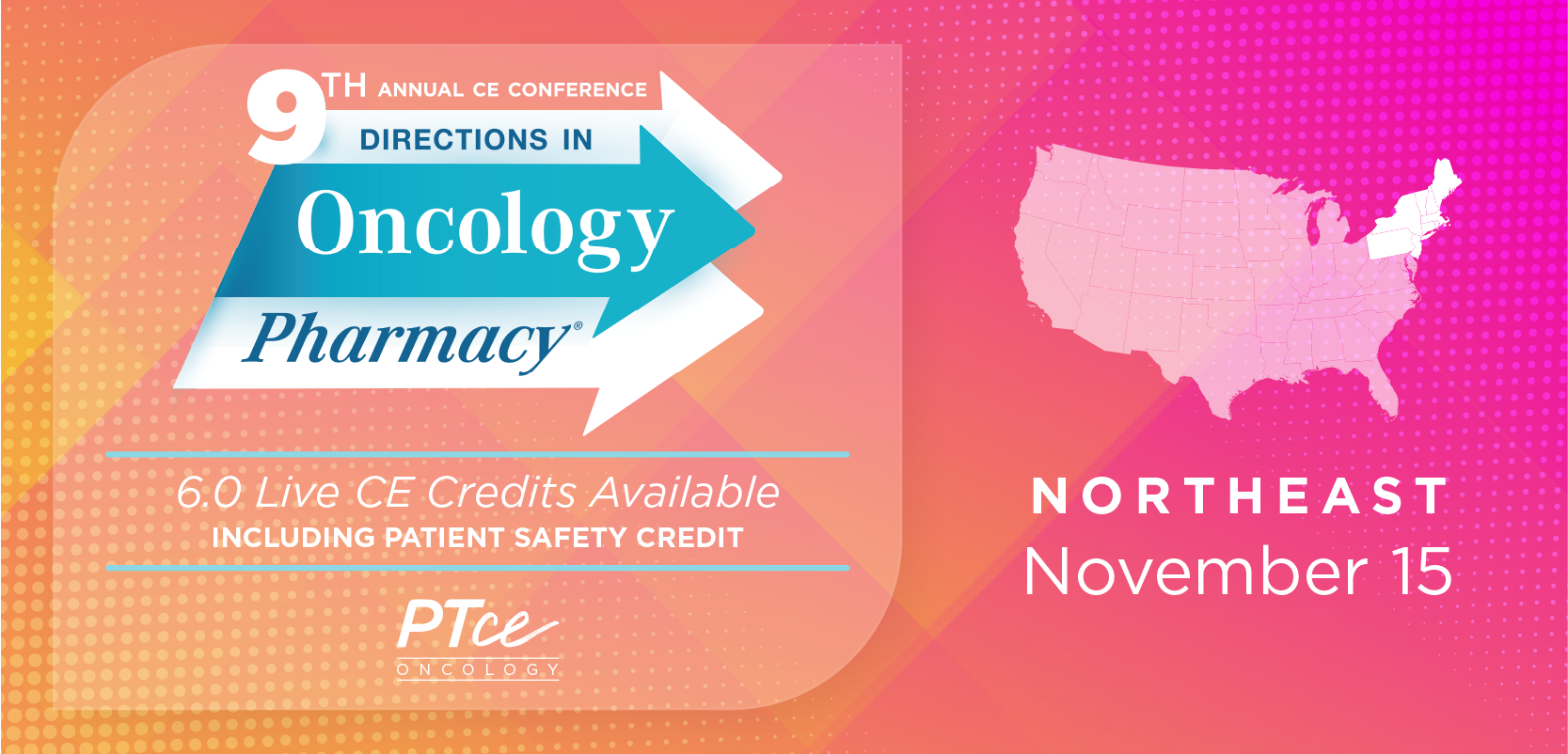
- Pharmacy Careers Fall 2013 0
Crisis or Competition? The Current Pharmacy Job Climate
Perceptions about the job market for pharmacy students need to be understood from many different angles.
Perceptions about the job market for pharmacy students need to be understood from many different angles.
In the past decade, pharmacy has been impacted by a number of major changes—a serious shortage of pharmacists, a dramatic growth in education, and the introduction of the Medicare Part D prescription drug benefit. Behind a backdrop of national recession and the aging population, these factors have inevitably impacted the supply and demand of pharmacists.
Practicing pharmacists, professional organizations, researchers, educators, and students all hold individual perceptions of the job market today and where it is headed in the future. The opinions are varied, ranging from those who fear an inevitable dry spell in available pharmacy positions to those who remain optimistic that regional pharmacist shortages still exist.
The information can be overwhelming and worrisome, leading many graduating pharmacy students to ask, “Will I ever find a job after graduation?”
But students need not panic.
Looking at the current job climate from many different angles will help students gain a better understanding of the field that awaits them.
From Shortage to Surplus
In 2001, the Pharmacy Manpower Project, now known as the Pharmacy Workforce Center, estimated that by 2020, the United States would be short 157,000 pharmacists. This prediction was based on a long-standing shortage of pharmacists in the country and on the presumption that patient care roles for pharmacists would considerably expand.
Responding to the projected need, new pharmacy colleges and schools were established and preexisting programs were expanded, graduating more students than ever before. From 2000 to 2012, the number of pharmacy schools increased by 60%, and from 2000 to 2011, the number of graduates increased by 70%. By 2016, 14,000 to 15,000 PharmD students are expected to graduate, more than double the amount of graduates in 2001.
While pharmacy education expanded rapidly, the demand for pharmacists began to gradually decline.
The Pharmacy Workforce Center provides a continuous measure of national, regional, and state-level demand, collected monthly by a group of panelists, known as the aggregate demand index (ADI). Demand is estimated on a 5-point scale from 5, indicating a high demand for pharmacists, to 1, indicating that there are many more pharmacists than there are jobs. After years of a steady pharmacist shortage, ADI data have shown a downward trend in demand beginning in 2010.
Therefore, some, like Daniel L. Brown, PharmD, believe that a surplus of pharmacists is inevitable. In his statement, “A Looming Joblessness Crisis for New Pharmacy Graduates and the Implications It Holds for the Academy,” published on June 12, 2013, in the American Journal of Pharmaceutical Education, he suggests that the massive, widespread growth in pharmacy education will flood the market, making competition for entry-level positions stiff among young pharmacists. He predicts that by 2018, 20% of new pharmacy graduates will not be able to find jobs.
Economy Over Education
Brown’s predictions may be bleak, but research suggests they do not capture the entire picture. The results of a recent study analyzing state-level ADI data, published in the July/ August 2013 issue of the Journal of the American Pharmacists Association, found that while the number of pharmacy graduates and community pharmacy prescription growth rates affect the supply and demand of pharmacists, unemployment rates have the greatest impact.
Using ADI data from 2000 to 2010, the researchers of the study estimated that a 1% decrease in unemployment rates would lead to a 0.06 increase in state-level ADI. In other words, as the overall economy and employment rates improve, more positions for pharmacists will become available.
The authors of the study also predict that health care reform will have a greater impact on the pharmacy job market in the near future. “As provisions of the Affordable Care Act expand the number of Americans with access to health services, the demand for pharmacist services is likely to increase beyond simply the impact of increased prescriptions,” they write.
Expanding Patient Care
Experts in health-system pharmacy also predict that pharmacists will play a larger role in patient care in the future, creating more jobs and a greater demand. Pharmacy Forecast 2013-2017, a report from the American Society of Health-System Pharmacists Research and Education Foundation’s Center for Health-System Pharmacy Leadership, uses the responses from a panel of experts to predict major trends and changes in the health-system setting.
Almost all panelists (95%) said there is likely to be an ample supply of qualified pharmacists for available entry-level clinical positions by 2017. However, 68% indicated that it is likely for the number of pharmacists affiliated with ambulatory-care clinics and medical offices working directly with patients to provide drug therapy management services to increase by 75% by 2017.
“[P]harmacy practice leaders have an exceptional opportunity to expand pharmacy’s contribution to patient care in institutions that serve ambulatory patients,” the report notes.
Opportunities for Students
In a response to Brown’s commentary, Katherine Knapp, PhD, and Jon C. Schommer, PhD, argue that predictions for the future job market “even when based on the most solid evidence available are not inescapable outcomes.” In their article, published on June 12, 2013, in the American Journal of Pharmaceutical Education, they note that as the national economy improves, and older generations of pharmacists retire, job prospects may improve.
An increase in patient care roles may help increase employment opportunities. Students should take every opportunity to develop these skills both inside and outside the classroom. Volunteering within the community at clinics and health fairs will help students to cultivate new skills to set them apart in a patient care—focused field.
Students may also consider focusing on information technology—67% of the Pharmacy Forecast panelists said that it would be unlikely to have a sufficient supply of pharmacists qualified for information technology by 2017.
Competition for entry-level pharmacy positions has undoubtedly increased and may continue to do so, but, as Brown notes, “Those new graduates who are ‘fittest’ will be able to find employment.”
Articles in this issue
almost 12 years ago
Worlds Apart: Health Care and Pharmacy in Chinaalmost 12 years ago
Test Your Skills: Portion Controlalmost 12 years ago
Employment Contract Clauses: Are There Long-Term Implications?almost 12 years ago
Dress for Successalmost 12 years ago
2013 Next-Generation Pharmacistâ„¢ Awardsalmost 12 years ago
RESPy Recap 2011-2013almost 12 years ago
The Expanding Role of the Specialty Pharmacistalmost 12 years ago
Navigation Skills: The Interviewalmost 12 years ago
Gadget GuideNewsletter
Stay informed on drug updates, treatment guidelines, and pharmacy practice trends—subscribe to Pharmacy Times for weekly clinical insights.






















































































































































































































